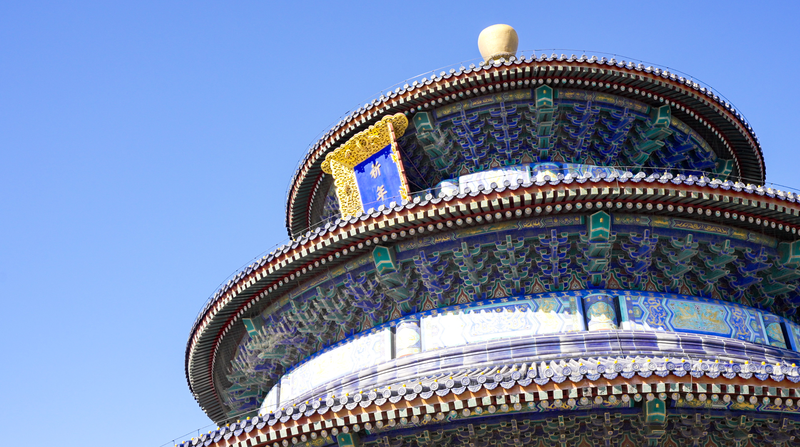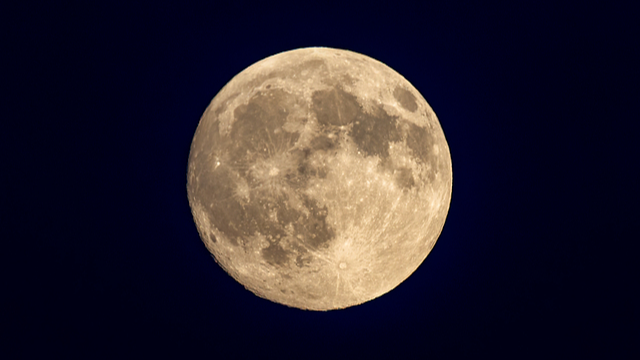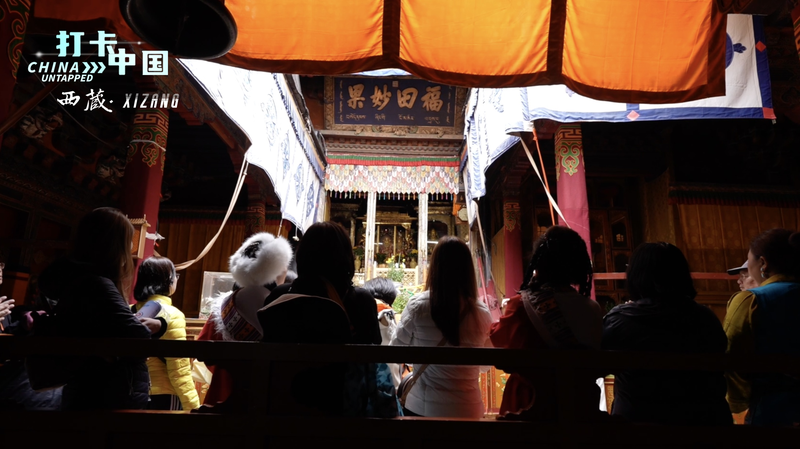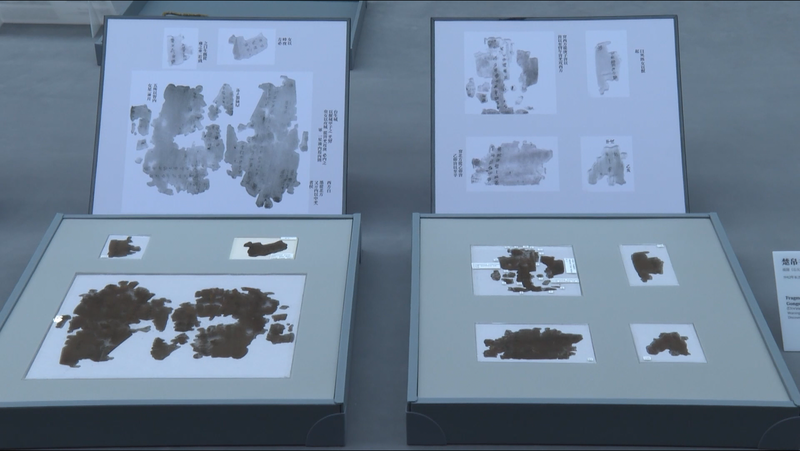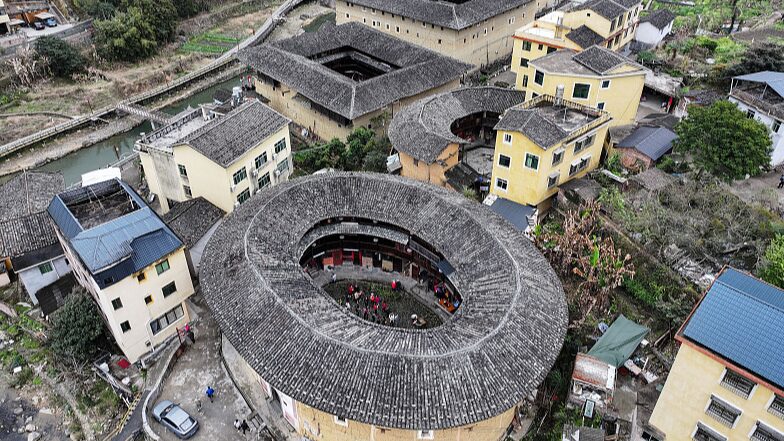As dawn illuminates Beijing, the Temple of Heaven emerges like a celestial bridge between past and present. Built in 1420 during the Ming Dynasty, this architectural marvel once served as the sacred stage for emperors who performed solemn rituals to secure divine favor for their people. Today, its iconic azure-tiled Hall of Prayer for Good Harvests continues to draw global admirers, standing as a symbol of China's enduring philosophical pursuit of harmony between humanity and nature.
The UNESCO World Heritage site's design reflects ancient cosmology: its circular structures and square base represent heaven and earth, while precise alignments mirror solstices. For six centuries, the complex's 273-acre grounds have hosted tai chi practitioners at sunrise and cultural festivals celebrating China's intangible heritage.
Recent conservation efforts focus on preserving original construction techniques. "The Temple teaches us how architecture can materialize spiritual ideals," explains Beijing cultural historian Dr. Li Wei. Annual visitor numbers now exceed 6 million, with interactive exhibits using augmented reality to demonstrate imperial ceremonies.
Reference(s):
cgtn.com
